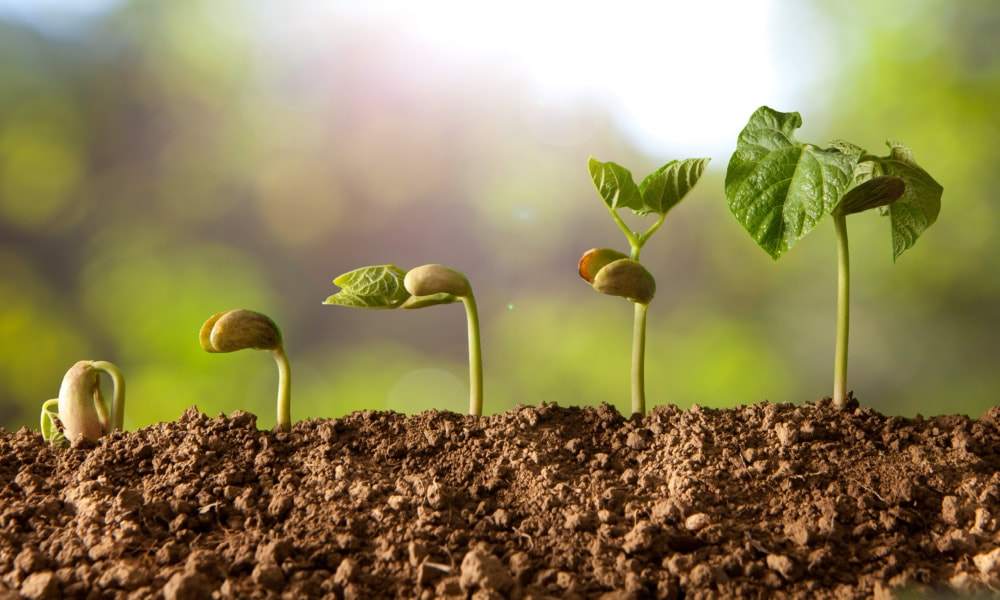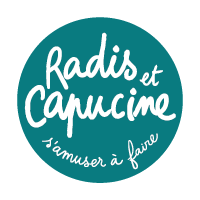From seed to flower
How and in how long does a flower grow ?
Flowers, these wonders of nature, are at the heart of our passion at Radis et Capucine.
Their beauty and diversity amaze our senses, whether in a garden or in a pot to grow on a terrace or on a window sill. But have you ever thought about the magic behind the process of growing a flower, from small seed to splendid flowering? In this article, we will explore this wonderful botanical journey.

Step 1: Choosing the seeds
The selection of the flower variety you want to grow is crucial. You can buy seeds in our online store Radis et Capucine, or harvest your own seeds from existing flowers.
Each type of seed has its own growth rate, and it is important to be well informed about the specific needs of the flower you have chosen. The bigger the seed, the faster the flowering.
If you are new to the Capucine or Sunflower.
Step 2 : Germination
Germination is the first stage of flower growth.
When you sow a seed in the soil, by pushing it down a few millimetres, it absorbs moisture and begins to swell. Soon, the seed shell cracks and a small root appears.
This root will look for water and nutrients in the soil, while a small shoot appears above the ground. The germination time varies but can be from a few days (sunflower) to a few days weeks (lavender).
Step 3: The growth of leaves and stems
Once the plant has sprouted, it begins to develop its leaves and stems. The plant draws on sunlight through a process called photosynthesis. Green leaves contain chlorophyll, which allows the plant to convert light into energy. At this stage, it is important to expose the plant to the sun behind a glass window.
Step 4 : The formation of flower buds
When the plant is sufficiently pushed, it begins to form flower buds. These small buds contain the future flowers. They arrive after about 3 to 6 weeks, depending on the plant.
Step 5 : The flowering
Flowering is the long-awaited moment when flower buds bloom to reveal flowers. This process is influenced by various factors, including temperature, light and humidity.
Some flowers bloom only once a year, while others may flower several times during the growing season.
Step 6 : Pollination and reproduction
Once the flower is in bloom, it attracts pollinators such as bees and butterflies. These insects contribute to the pollination of flowers, thus allowing new seeds to be formed.
The seeds produced from this pollination will be dried and then fall to the ground to give birth to new plants, thus completing the life cycle.
The time it takes for a flower to grow from seed to bloom varies considerably between species. Some flowers may mature in a few weeks, while others may take several months. Patience and observation are essential qualities for any gardener.
Ultimately, the journey of a flower from seed to bloom is a reminder of nature’s wonder. So the next time you see a flower in full bloom, take a moment to appreciate the incredible journey it has undertaken to brighten your life and the planet. And don’t forget, for all your gardening desires, trust Radis et Capucine.
